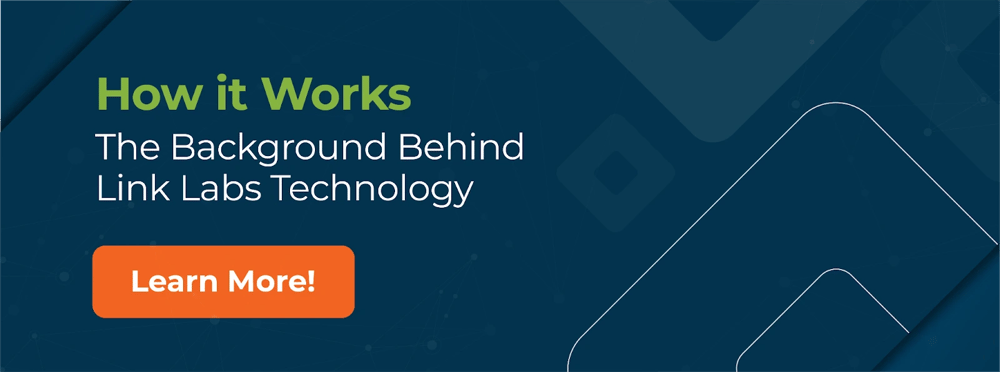What is Hyperautomation?
Hyperautomation is a growing approach to automation that can increase the output of business processes. Essentially, hyperautomation is used in every possible part of a business. These processes can be in the same or different departments and involve various automation technologies. With hyperautomation, time-consuming tasks are done automatically, which allows tedious work to get done faster and with better accuracy.
Various technologies used in hyperautomation include Artificial Intelligence (AI), Robotic Process Automation (RPA), and Natural Language Processing (NLP). Robotic process automation is the main tool involved in hyperautomation, and can integrate with existing systems to accelerate monotonous tasks. In sumary, hyperautomation is a step above automation to improve business processes.
Better Understanding of Data
Through hyperautomation, mass amounts of business data can be more easily digested and visualized. Business process automation allows for less reliance on multiple data storage and processing tools and can make data available quicker. Companies can then understand current performance of critical business processes, and in turn identify changes that need to happen. In a fast-changing economic landscape, the ability to use analytics to make improvements can be a major competitive advantage. Automating tasks and collecting data is one way to do this. With fewer sources, the business can analyze and make decisions quicker. Overall, automation technology can revolutionize the way businesses collect data and allow for better decision-making.
Join the AirFinder Difference!
- Innovation. Organizations can be freed up to innovate and bring more impactful products and services to market.
- Profitability. Increased profitability provides new opportunities to innovate and improve valuation.
- Digital Transformation. Discover competitive advantages, new revenue opportunities, improved customer relationships, and increased efficiency.
Improved Efficiency Through Hyperautomation
By automating tasks, an organization will also be more efficient. When more jobs are automated, employees will save time and be more productive. Employees will have more time to devote to tasks that require greater decision-making. Mundane tasks can be left to automation technology. This all translates into greater results.
Artificial Intelligence (AI) and Machine Learning (ML) help cut down on the number of mistakes made by humans. Hyperautomation can accelerate these tasks because ML and AI communicate automatically and make informed decisions without requiring human input. This automation cuts down on workers required and allows for seamless production.
Increased Adaptability
Hyperautomating allows an organization to make better analytical decisions and improve efficiency. It also allows managers to be more adaptable. Automation allows companies to focus on tasks that typically require a greater number of employees and resources. Automation saves an organization time and money by cutting down on the number of employees needed for various jobs. With the growing number of companies automating tasks, it is necessary to keep up with competitors. Using automation technology ensures a company will be better prepared for change. Automating helps companies become more flexible by enhancing productivity and using resources effectively.
Ready to Take the Next Step in Workplace Automation?
Through hyperautomation and IoT technology, tasks can be improved and completed more effectively. Link Labs provides a tool to track equipment, work-in-process materials, and more. AirFinder is a Real Time Tracking system (RTLS) that helps automate several manual processes such as searching for misplaced items. If you’d like more information on how AirFinder technology works, request more information today.





